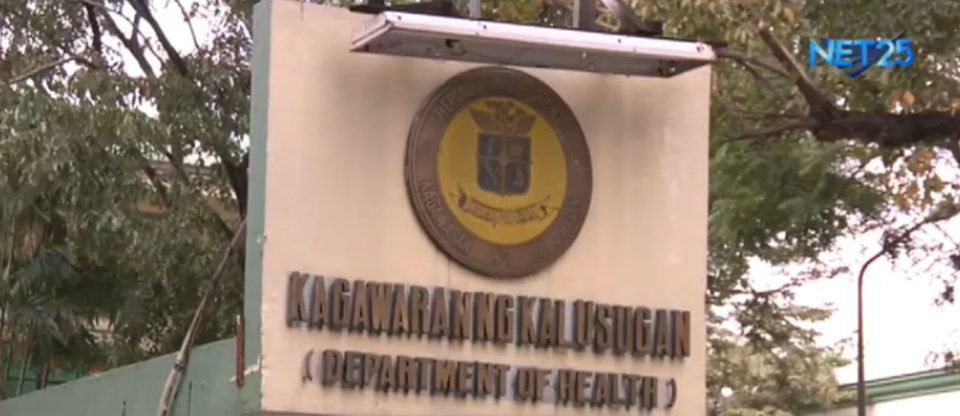G614 virus strain only found in QC samples, may not be present yet in whole country

(Eagle News) – The Department of Health said that the G614 mutation of the virus SARS-CoV-2 that causes COVID-19 which was found in a sample of positive cases in Quezon City “may not represent the mutational landscape for the whole country.”
But the DOH noted that this G614 variant which has also been reported in many other countries with high rates of infections “likely translates into a higher level of infectivity.”
It thus urged strengthened surveillance and control measures at the country’s ports to prevent entry of “more virulent” and more infectious virus mutations that came from outside the country.
-G614 virus strain only found in June samples-
Philippine genome scientists had earlier pointed out that the SARS-CoV-2 virus mutation, G614, was only detected starting June this year. Before this, in March, when the local transmission was first detected, the virus strain identified was the “D614 genotype” or the “wild type” strain. It has since mutated into the G614 strain which is now “the dominant strain of the virus in circulation around the world.”
“While it is critical to mitigate transmission within the country to prevent further spread of the virus, there is also a need to strengthen surveillance and control measures at our country’s ports of entry,” the DOH statement read.
“Previous epidemics and pandemics have shown that mutations in pathogen genomes may generate new viral variants that cause more severe disease or to spread more easily from person to person,” it said.
“By limiting the introduction of new variants into the country, we may not only help reduce the spread of infections, but also prevent new potentially, more virulent and/or infectious variants from coming into the country,” the DOH said.
The department statement issued on Tuesday, Aug. 18, confirmed that the Philippine Genome Center (PGC) and the Research Institute for Tropical Medicine (RITM) had indeed found that the G614 variant of SARS-CoV-2, the causative agent of COVID-19, has been detected in the Philippines. This was after it was “seen in a small sample of positive cases in Quezon City.”
“The D614G mutation which resulted in the G614 variant of the virus has been reported in many other countries. Reports showed that the G614 variant has almost completely replaced the original D614 virus in most of Europe and the Americas.”
The DOH said that “there is evidence that the mutation makes it easier for the virus to enter its target cell, and may be associated with higher viral loads in infected persons.”
But the PGC stressed that the possibly highly infectious variant of the SARS-CoV-2 virus that causes COVID-19, this was so far seen only from samples from Quezon City.
“All the samples tested were taken from Quezon City and may not represent the mutational landscape for the whole country,” the DOH said.
It said that the PGC highlighted that “despite studies suggesting that the said mutation can increase viral rate of transmission, there is still no definitive evidence showing that carriers of the G614 variant are actually more transmissible than those with D614.”
“Mutation does not appear to substantially affect clinical outcomes as well. As of writing, the RITM also noted that there is no conclusive study that would define the impact of the virus mutation, disease severity and the effect to vaccines under development,” the DOH said.
But the department said that they will continuously monitor this mutation and other “frequently observed mutations”. This is “to better understand the evolutionary trajectory of SARS-CoV-2 to inform containment, diagnostic, and therapeutic strategies.”
The DOH also said that the RITM, in collaboration with the University of Glasgow, is also currently conducting further research study of the SARS-CoV-2 viral genome sequencing.
(Eagle News Service)







